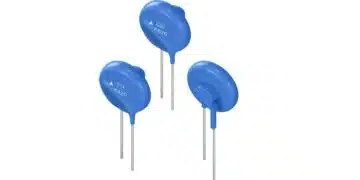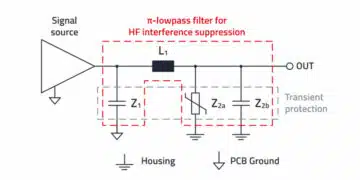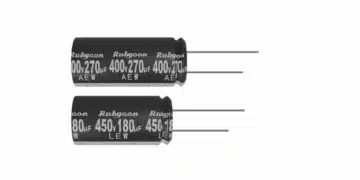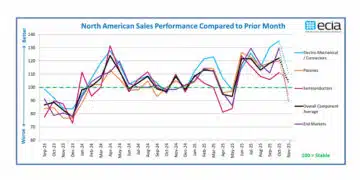Professor Sam Ben-Yaakov’s in this video provides insight into the complexities and challenges associated with measuring non-linear class II ceramic capacitors.
Measurement Techniques for Nonlinear Capacitors
This presentation delves into the intricacies of measuring nonlinear capacitors, focusing on ceramic capacitors, particularly Class II ferroelectric types such as X7R and X5R. The discussion highlights the variability in measurement results due to differing methodologies and the significance of understanding these methods to accurately interpret data.
1. Introduction:
Nonlinear capacitors exhibit capacitance changes based on applied voltages due to the voltage-dependent dielectric constant. Understanding these variations is crucial, especially when comparing data across different sources. This article outlines various measurement techniques, emphasizing the importance of method-specific data interpretation.
2. Understanding Capacitance:
Capacitance (C) is defined as the ratio between electric charge (Q) and voltage (V), expressed as C = Q/V. While linear capacitors maintain a consistent relationship, nonlinear capacitors’ capacitance varies with voltage owing to fluctuations in the dielectric constant.
3. Types of Capacitance in Nonlinear Capacitors:
- Differential (Small Signal) Capacitance (CD): The slope of the Q-V curve at a specific operating point, sensitive to voltage changes.
- Total Capacitance: Defined as the ratio of total charge to total voltage, varying with applied voltage.
- AC (Large Signal) Capacitance: Measured under a specific DC bias with varying AC amplitudes, reflecting large signal behavior.
- ref link: High CV MLCC DC BIAS and AGEING Capacitance Loss Explained
4. Measurement Techniques:
4.1 Impedance-Based Methods:
- RMS Measurements: Capture the root mean square of the entire signal, including harmonics.
- First Harmonic Analysis: Focuses on the fundamental frequency, commonly used in network and impedance analyzers.
- Peak-to-Peak Measurements: Utilizes oscilloscopes to measure voltage and current peaks, effective for small, undistorted signals.
4.2 Charge-Voltage (Q/V) Methods:
- Involves charging/discharging through RC circuits, analyzing time constants to determine capacitance.
5. Impact of Measurement Methodologies:
Different measurement approaches yield varying results due to:
- Signal distortion in nonlinear capacitors, especially at high excitation levels.
- Phase shifts introduced by Equivalent Series Resistance (ESR) and Equivalent Series Inductance (ESL).
- Variations in DC bias and AC excitation amplitudes.
6. Simulation Analysis:
Utilizing LTSpice simulations, models incorporating differential capacitance (CD) and voltage dependencies reveal discrepancies across measurement methods. Simulations underscore how small signal conditions minimize differences, while large signals amplify them.
7. Conclusion:
Accurate characterization of nonlinear capacitors necessitates:
- Clear documentation of measurement conditions (DC bias, AC excitation, measurement technique).
- Caution when comparing data from different methodologies.
- Recognition that discrepancies do not imply errors but reflect methodological differences.






























